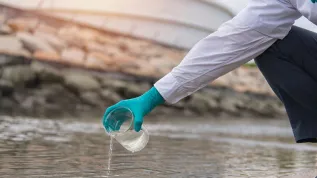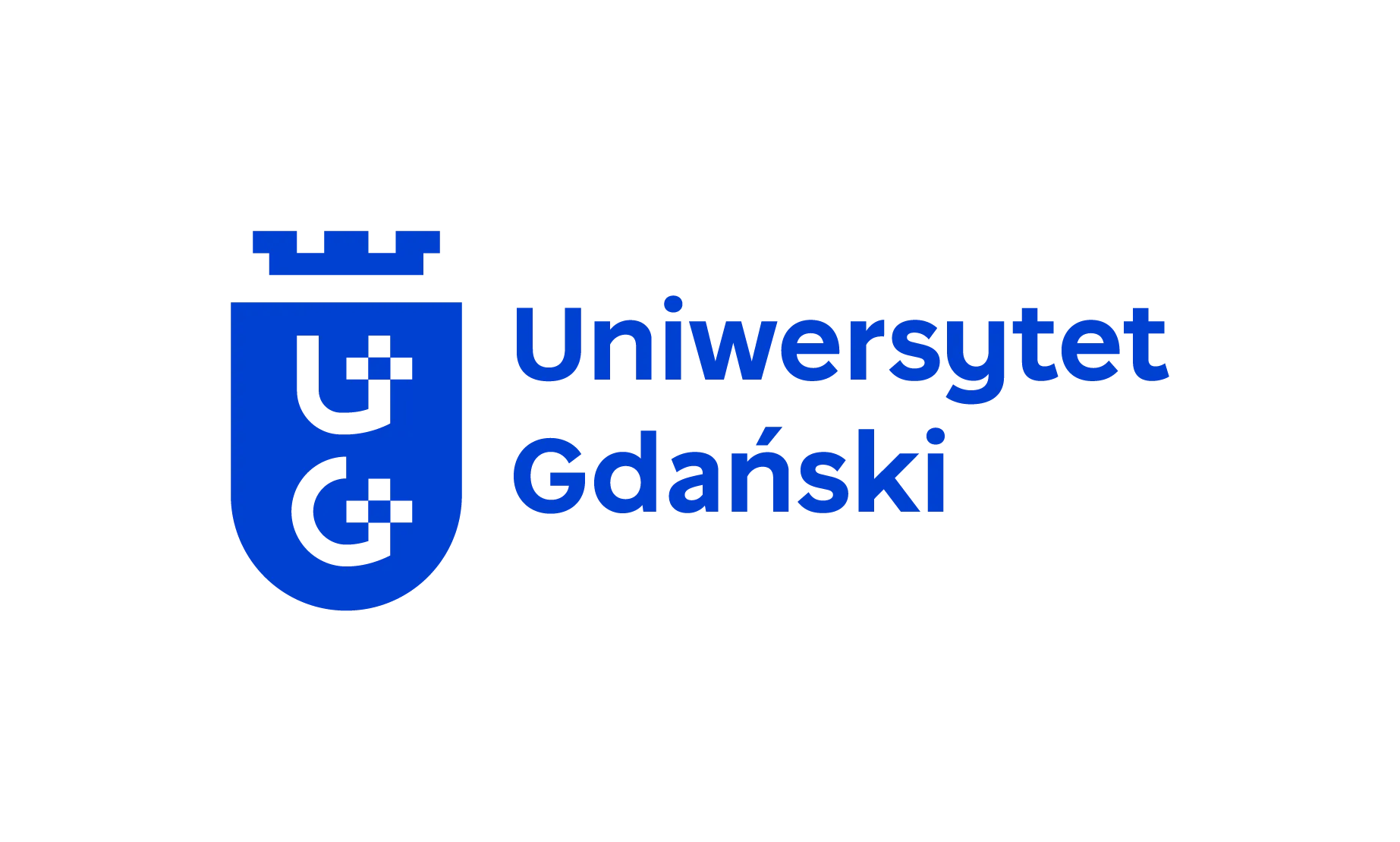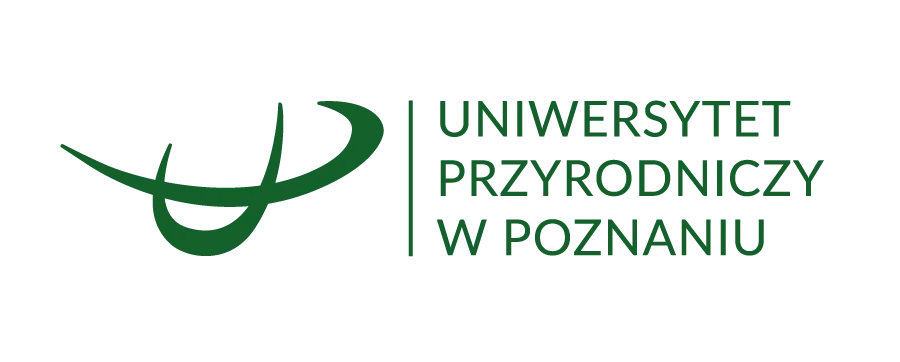
Scientists from The University of Gdańsk have developed a new technology for purifying air of volatile organic compounds and viruses. The invention is protected by a patent.
The University of Gdańsk spokesperson Magdalena Nieczuja-Goniszewska reports in a release that a team of scientists has developed a technology based on modified titanium oxide-based nanotubes (IV), which, when illuminated by UVA diodes, effectively purify the air of volatile organic compounds, inorganic pollutants, microorganisms and viruses.
According to Nieczuja-Goniszewska, the research team's efforts focused on developing a new material with unique photocatalytic properties, and on its practical application.
Photocatalysis is a process in which light, mainly from the ultraviolet and visible spectrum, initiates chemical reactions on the surface of special materials (photocatalysts).
In the case of the invention by the team from the University of Gdańsk, UVA radiation activates the surface of TiO2 nanotubes modified with metals, causing the formation of active forms of oxygen, including hydroxyl radicals.
'These powerful oxidants effectively break down organic and inorganic pollutants, resulting in harmless carbon dioxide and water. This approach differs from those used in traditional filters, such as HEPA, in that instead of trapping pollutants on the surface, it causes their complete decomposition and also inactivates harmful microorganisms such as bacteria, fungi and viruses', we read in the release.
TiO2 nanotubes modified with copper and silver nanoparticles are produced by a simple electrochemical method with multiple use of the same reagents, and the method itself is easily scalable.
According to the research team leader Professor Adriana Zaleska-Medynska, quoted in the release, the new technology has enormous potential in many areas, including air purification in rooms where many people are present at the same time, e.g. in schools, hospitals or offices.
'It also improves the quality of outdoor air that introduces harmful chemical compounds into interiors through open windows, air vents and ventilation systems. It can also be used to develop self-cleaning surfaces, e.g. on building facades, which break down organic pollutants under the influence of sunlight', she says.
According to the release, the technology has already found practical application. BEWI, a manufacturer of PVC and aluminium joinery, has developed the first prototype of an air purifier based on the invention. The device, tailored to the size of the room and the level of pollution, effectively removes harmful chemical compounds and microorganisms.
In addition to researchers from the Department of Environmental Technology at the Faculty of Chemistry of the University of Gdańsk, scientists from the Jagiellonian University and employees of the manufacturer of window and door joinery also participated in the work on the invention.
The invention has received funding from the National Centre for Research and Development for further research, development and implementation. Efforts are currently underway to move towards industrial production and commercialisation of the technology. A business partner is developing the project, working on optimising the devices in terms of cost, performance and wide application. (PAP)
PAP - Science in Poland
pm/ bar/













